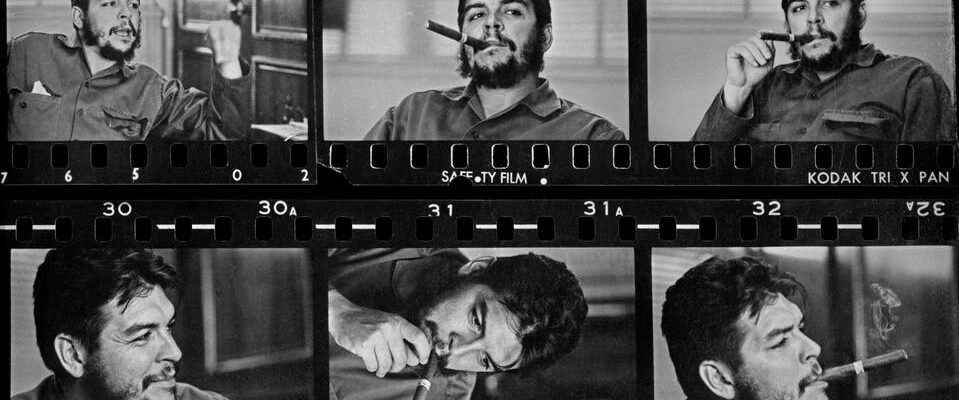René Burri / Magnum
A look at the most legendary images from 75 years of Magnum Photos reveals the political events of the 20th century and human instincts in an unveiled way.
In how many student flats in the world these pictures were hung: Che Guevara with a full beard and a cigar. The languishing James Dean shortly before his death. Marilyn Monroe in the Nevada desert. These photos show icons – and became icons themselves. They have become entrenched in the cultural consciousness of everyone born into Western media society over the past fifty years.
And there are the other photos that don’t do as well in the kitchen but have shaped our worldview even more. They tell of wars, catastrophes and social unrest in the 20th and 21st centuries, in Vietnam or Afghanistan. Many of these famous photographs come from the Magnum Photos agency.
It was founded 75 years ago in Paris, shortly after the Second World War. Europe lay broken and wounded. The photographers Robert Capa, Henri Cartier-Bresson, George Rodger and David Seymour wanted to make themselves independent of commercial clients. A collective. The name was intoxicated: according to legend, a magnum bottle of champagne was the godfather.
Henri Cartier Bresson
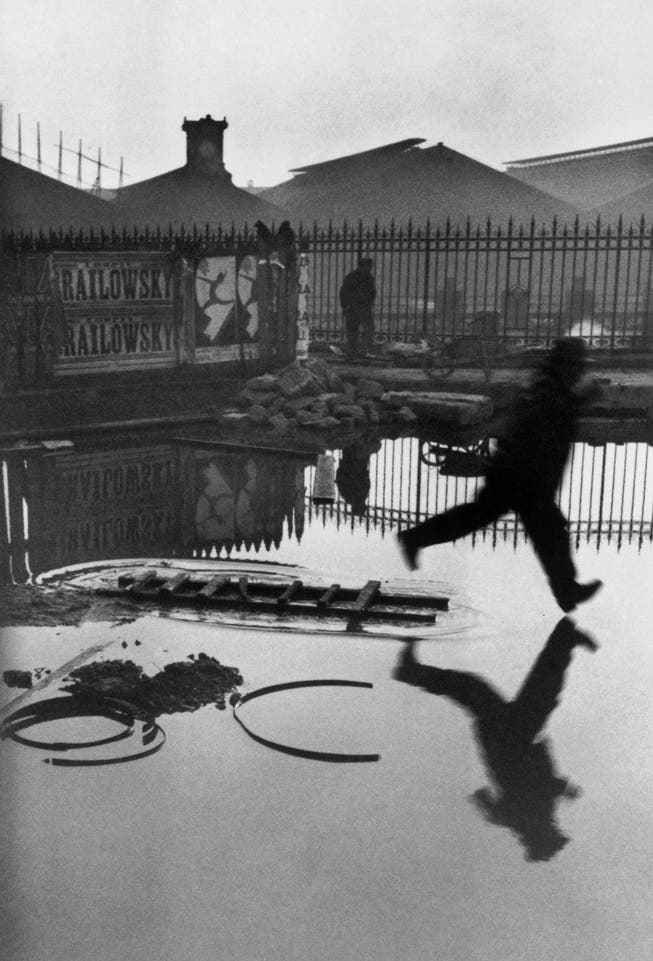
A fraction of a moment later and the reflection in the puddle would have been broken up by the dipping of the foot. A hundredth earlier, the man would not be in this limbo, which corresponds to the position of the dancer figure on the advertising poster in the background. Henri Cartier-Bresson (1908–2004) captured the decisive moment in the picture “Behind the Saint-Lazare Train Station” from 1932: “l’instant décisif”. The moment becomes the choreography of a strange balancing act.
Gerda Taro
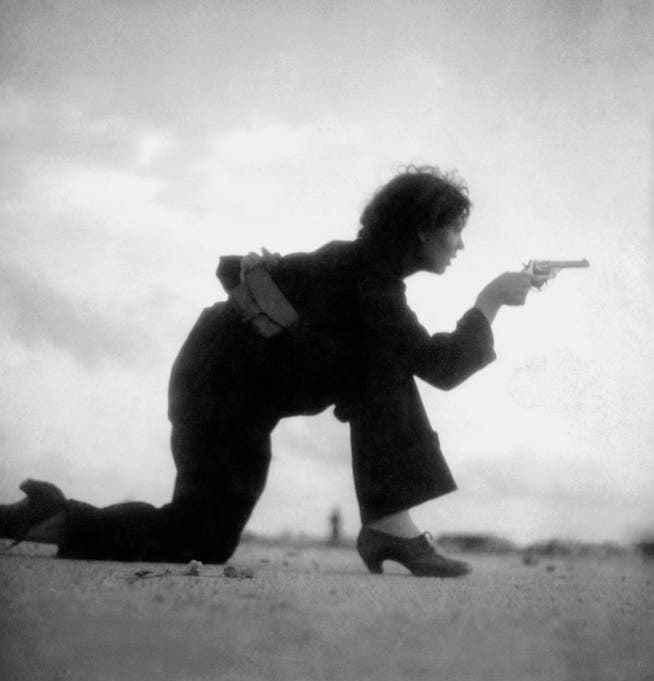
Gerda Taro was 22 when Adolf Hitler became Chancellor. She pastes leaflets against the Nazis and is arrested. She was in prison for two weeks and fled to Paris a few months later. There she meets Robert Capa. Together, the two photographers were often at the forefront. As in the Spanish Civil War, when Taro captured the image of the Republican militia officer kneeling on the beach in heels and overalls. The pistol at the ready. Almost a silhouette against the clouds and the wind of the freedom of Spain. Taro dies in a tank accident in 1937, three years before Capa.
Robert Capa
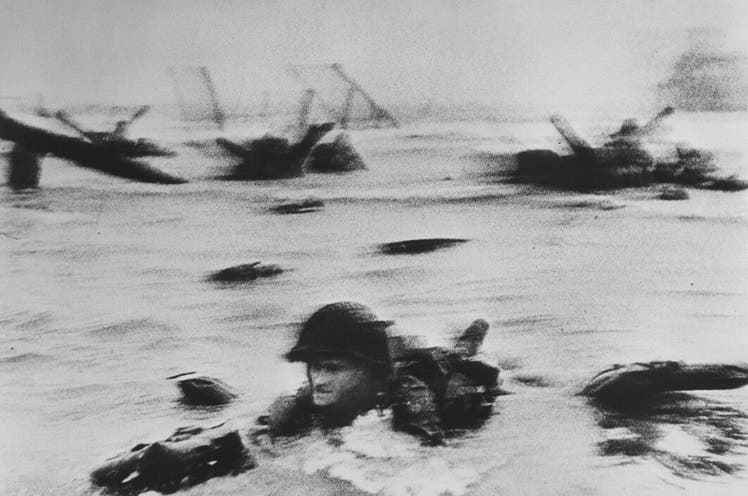
“If your pictures aren’t good, you’re not close enough,” quotes Robert Capa from Time Magazine. He died in 1954 at the age of 41 after stepping on a mine in Vietnam. Before that, he shocked with his war footage. After that, doubts arose about the authenticity of his 1944 picture “Man in the Surf” from D-Day on Omaha Beach. Whether the scene of the soldier lying chest-deep in water as he struggles ashore in the face of German shelling has not been clarified to this day. But Capa’s recordings from the death zones of the last century have a force that shatters every doubt.
Werner Bishop
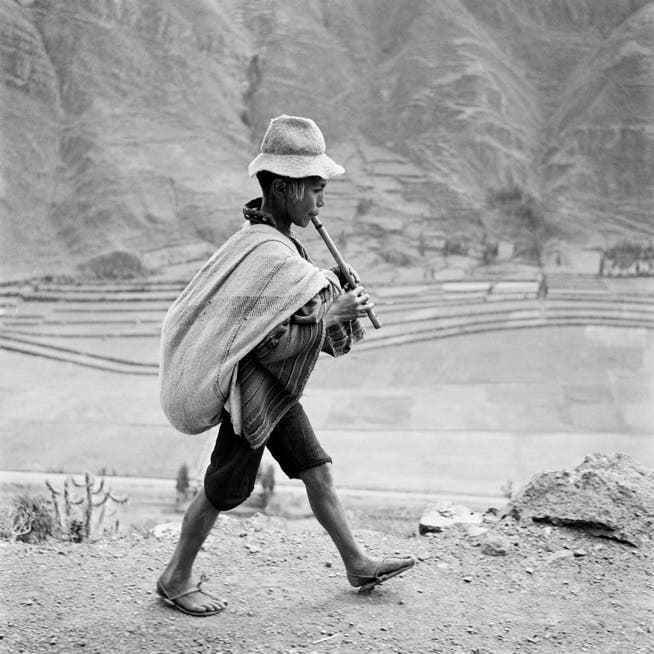
This picture will outlive him. Werner Bischof is photographed on a plateau in the Peruvian Andes. A shepherd, lost in his flute, marches along the roadside. Bishop takes pictures, drives on. The Swiss had an accident in May 1954 on this last trip. The picture is called «On the way to Cusco».
Dennis Stock
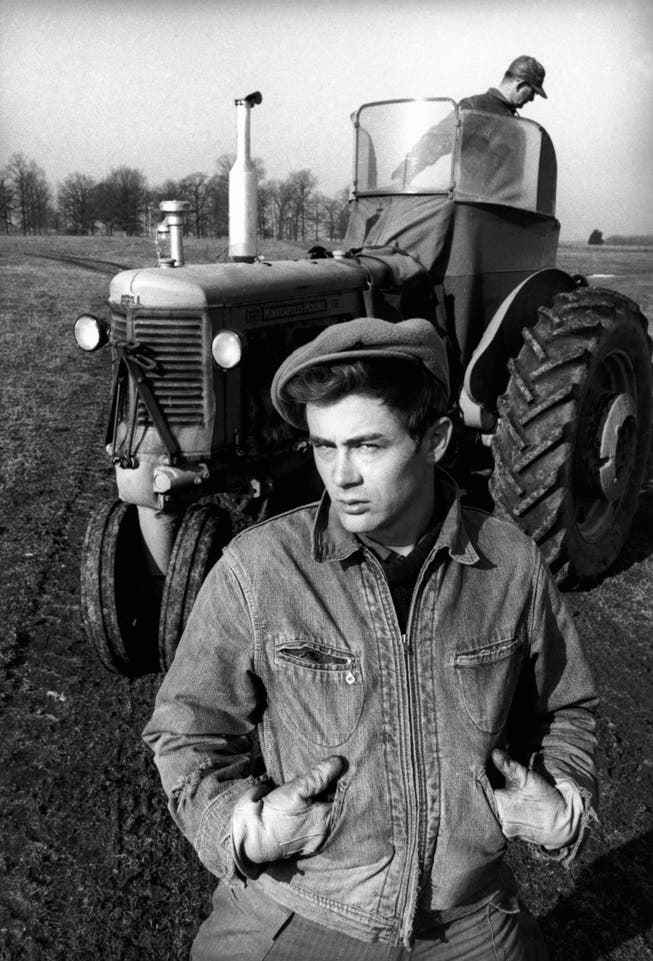
Dennis Stock, a photographer who captured the essence of jazz with his intimate and evocative portraits, helped shape James Dean’s public – moody – persona. In 1955, a few months before Dean’s death, Stock accompanied the actor from New York to Winslow Farm in Indiana. After the death of his mother, Dean spent his youth there with his aunt and uncle.
Rene Burri
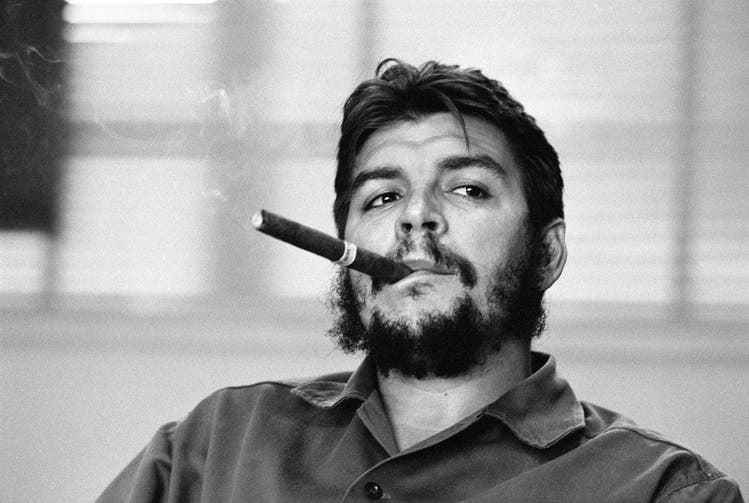
There are two historical images of Argentine hero Che Guevara. One was created in 1960. The Cuban Alberto Korda presented him as a hero with wide-open eyes and a beret. The revolution was still young. The other picture is taken three years later. The Swiss photographer René Burri (1933-2014) shows Che in the pose of a ruler: in a bad mood, with a Cohiba cigar between his lips. Korda and Burri gave each other their prints as gifts. Burri wrote to the creator of the more famous photo: “From your friend Burri, the creator of what you have to admit is the best photo of Che.”
Dark and bright news
Magnum’s maxim is service to humanity. Not only do some of the best photographers in the world gather here (unbelievable that the 99 included only 16 women), they all dedicate their work to the human condition. They go to places that nobody would enter voluntarily and document life and death there. Hoping to make the world a better place. Her photos shoot as dark news around the world. There are brilliant ones in between with portraits of Hollywood greats.
In its early days, Magnum was a collective of boisterous photographers who attempted to distill the chaos of life into precise moments in their images. Henri Cartier-Bresson, who had escaped from a German prison camp during the war, was a master at it. The hunger for what Cartier-Bresson called “the decisive moment” remained with the generations that followed him.
Eve Arnold
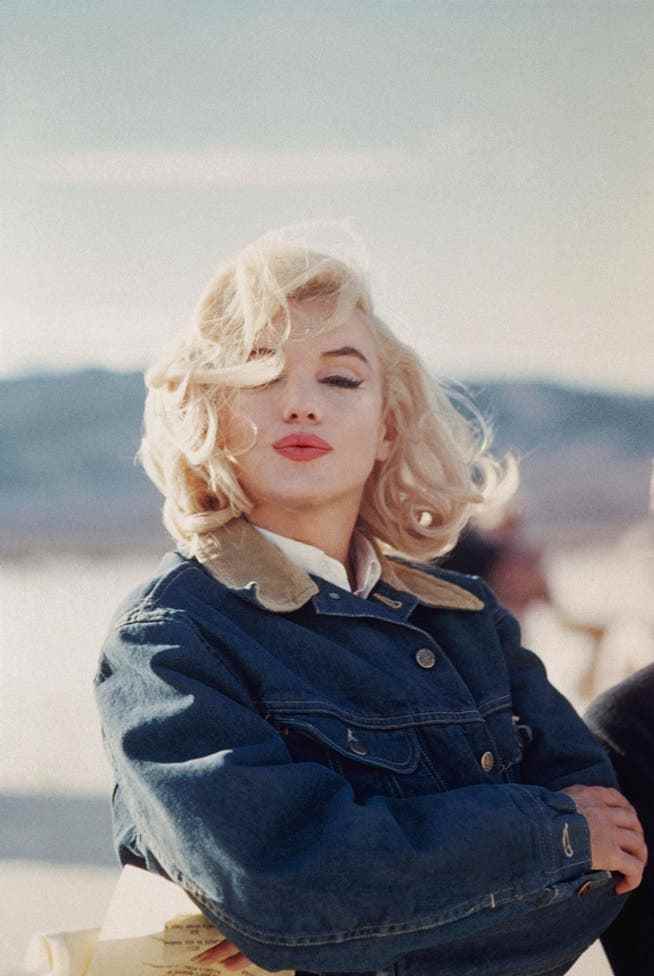
For Marilyn Monroe, Eve Arnold became an anchor. In the summer of 1960, the two spent two months in the Nevada desert filming Misfits. Not socially acceptable». Actually, pretty much everything was impossible in Nevada: Monroe quarreled with her estranged husband Arthur Miller. He repeatedly rewrote the screenplay. Director John Huston drank and played cards. Arnold only wanted to stay two weeks, but Monroe, fresh out of rehab, persuaded her. Arnold (1912–2012) survived Monroe, who died two years later.
Stuart Franklin
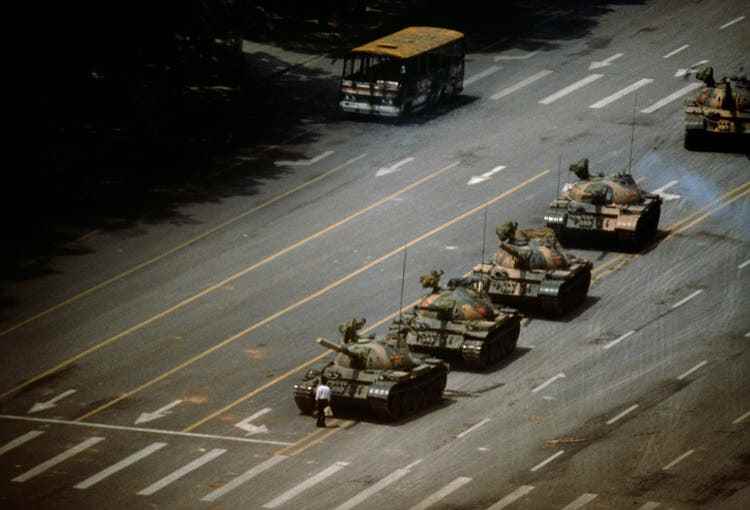
The “Tank Man”. The lone Chinese protester who, with two shopping bags in hand, stopped a column of army tanks at the start of the Tiananmen Square massacre on June 4, 1989. The picture that the American photographer Stuart Franklin took on that day has since been circulated on the Internet in countless alienations – not least to circumvent the Chinese censorship, which put the photo on the index.
Martin Parr
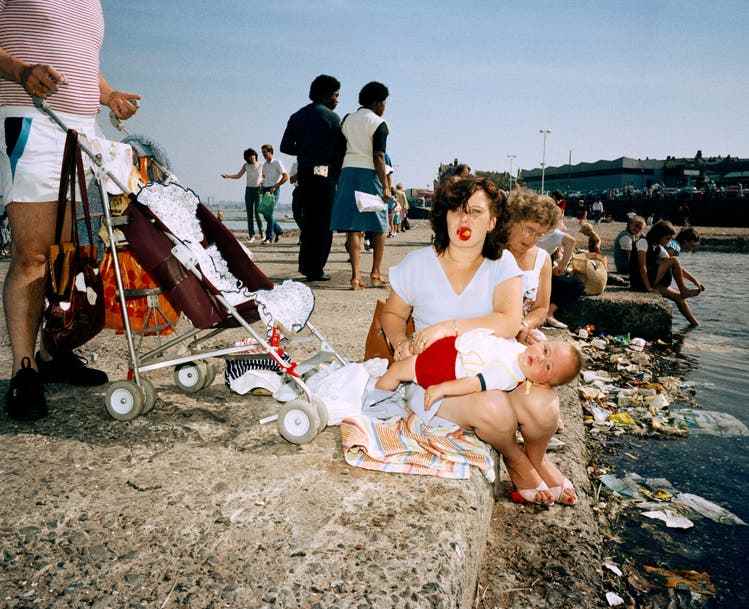
The world is terrible and beautiful. The British must also realize this. In the spread «The Last Resort. Photographs of New Brighton, 1986». Unlike many of his colleagues at Magnum, Martin Parr cultivates a critical humanism that is entertaining. He prefers photographing sandcastles to trenches. Instead of poverty, he joyfully and brightly documents the overabundance of people and bad taste – and in glaring light. His pictures make sense immediately. A love-hate relationship. Even ordinary people look strange.
Thomas Hopker
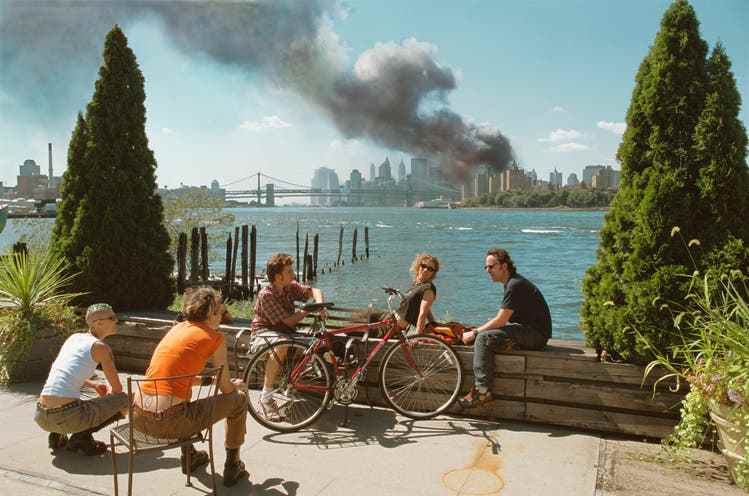
When clouds of smoke began to rise into the sky on September 11, 2001, Thomas Höpker did what he had learned: He got into his car and drove toward the danger. He and ten other photographers from the Magnum picture agency had actually traveled to New York that day for a session. Instead, Höpker’s most controversial shot was taken: that of the burning Twin Towers in the background and people chatting on the other side of the East River.
Nevsha Tavakolian
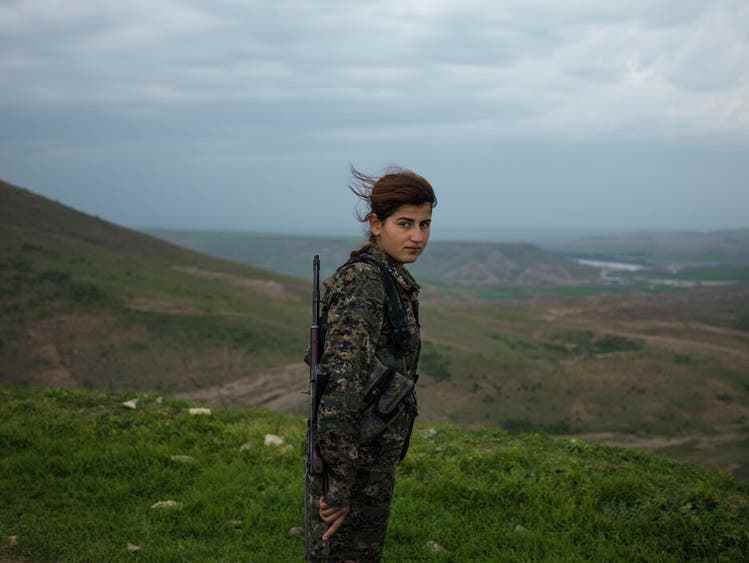
“When I’m on the front line, the thought of all the cruelty and injustice against women makes me so angry that I get extra strong in battle.” When the recording “Uprising” was made in 2019, Torin was 18 years old. Seven months earlier, she had joined the Kurdish Women’s Self-Defense Units Yekîneyên Parastina Jin (YPJ). She was looking for something meaningful in her life. She killed an IS jihadist in Kobane. Photographer Newsha Tavakolian portrays young people from Iran’s middle class, the women combatants in Iraqi Kurdistan and the children of the Yazidi minority kidnapped by the Islamic State to serve as soldiers.
Nanna Heitman
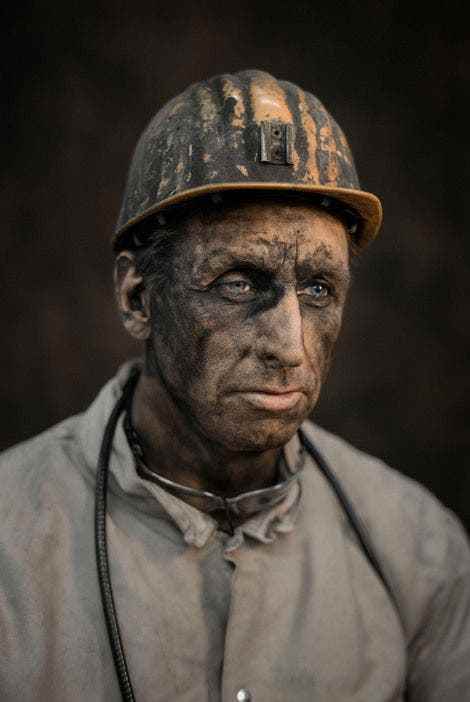
A powerful metal monster cuts further and further into the seam. Day and night it cuts off coal. In the past, the work was done with a hammer and chisel, backbreaking work and life-threatening. Today only a few men are needed to clear the way for the machines. Nanna Heitmann has in the series “Away from the window. The end of an era” documents the closure of the last colliery in the Ruhr area.
“NZZ Format”: Magnum Photos – the photo agency is celebrating its 75th anniversary
75 years of Magnum Photos – but today’s agency has little to do with the company of yesteryear. Our “NZZ Format” documentary tells how Magnum Photos is coping with the rapid developments in photography and how the agency intends to master the balancing act between tradition and modernity.
Thursday, December 15th, May 23rd on SRF 1 and from Friday, December 16th, on nzz.ch/format
Note d. Red.: in an earlier version, the picture by Robert Capa said that it was about “the falling soldier”. This refers to an image from 1936 during the Spanish Civil War.
